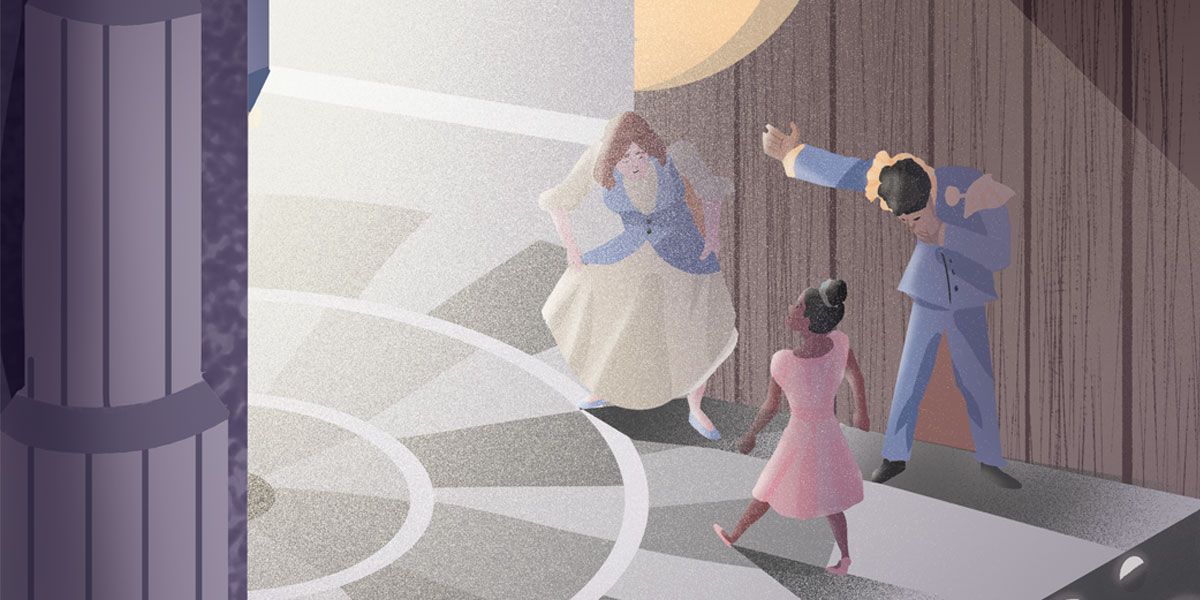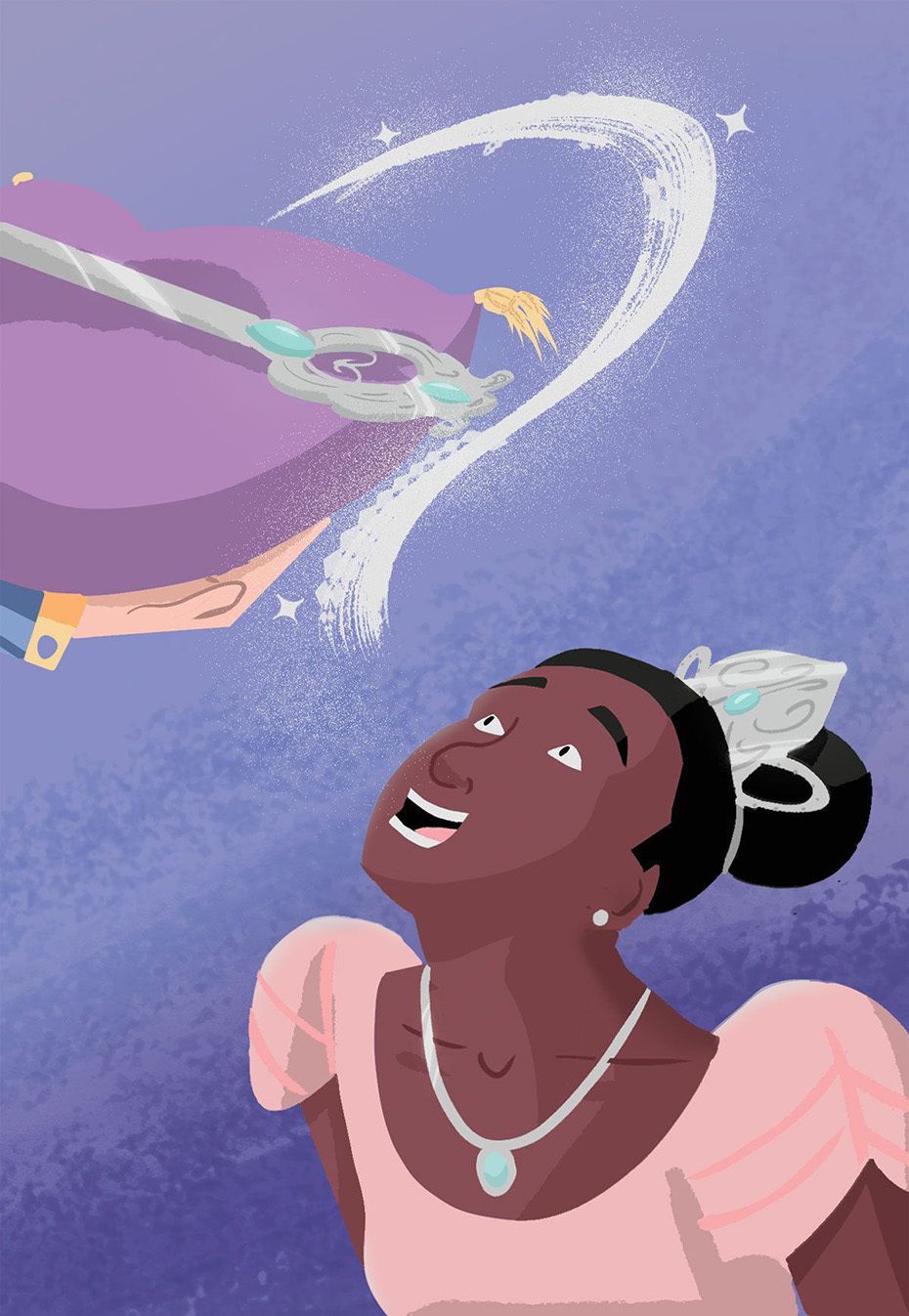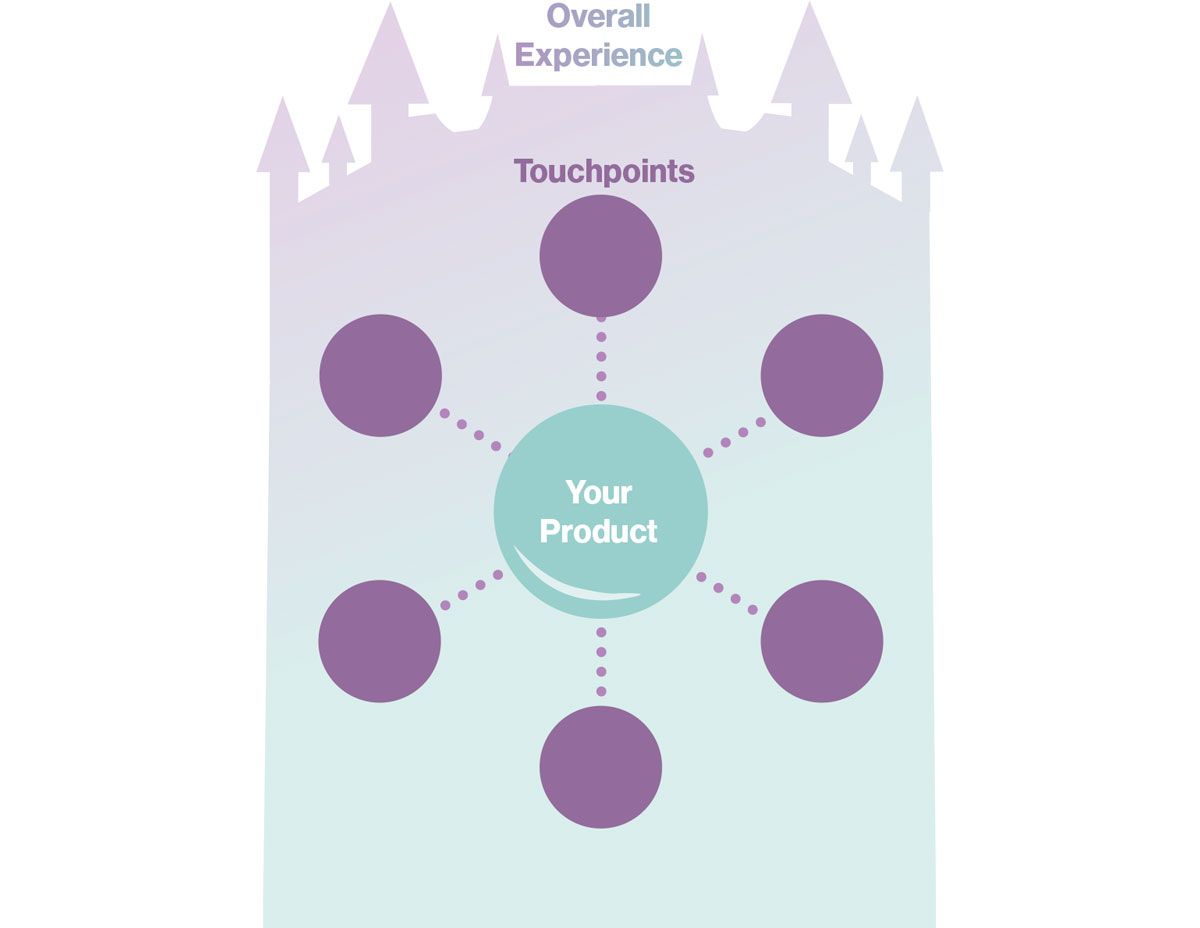Making a Magical Experience
Customer service tips from a 20-year career at Walt Disney World

This article is even better when paired with the companion discussion guide.
If you’ve ever visited a Disney theme park, you know they set the gold standard in customer experience. Few people know the secrets of crafting that experience better than Dennis Snow, a 20-year veteran of the Walt Disney World Company.
Beginning as a front-line attractions operator in 1979, Snow worked his way up through the organization, learning the ropes of stellar customer service along the way. He later started a successful consulting division of the Disney Institute and taught business best practices at Disney University, the company’s global training program for its employees, or cast members. In his final year with the company, Snow’s performance ranked in the top 3% of Walt Disney World’s leadership team.
Today, Snow, the author of two books on the subject, is one of the world’s leading experts on customer experience. Here, he shares his best ideas on how schools can give their communities a little of that Disney magic.

What are the key elements of a great customer experience?
A great customer experience is one where the customer feels valued. They don’t feel like they’re just one of many people that an organization is dealing with—they feel valued as an individual. That’s true whether it’s a school, a restaurant, or a theme park. When people feel valued, that drives loyalty.
So how do you create that feeling? A theme park is obviously different from a school or a restaurant, but there are certain foundational qualities that make up a great experience.
First, great organizations practice looking through the lens of the customer: doing things with the customer in mind, rather than their own convenience. Many organizations are not actually designing their processes around their customers’ needs. Think about what often happens when you need a service like cable or internet installed at home. You call the company, and they tell you that someone should be there between 8 a.m. and noon. How convenient is that for you as the customer? That’s a mistake on their part; they’re designing that experience for their own convenience.
World-class organizations ask, How do we make this convenient for the customer? Whether it’s how a theme park manages wait times or how a school manages the challenges of the first day, you have to look at things from the perspective of the people you’re serving.
Second, it’s critical to pay attention to the small details. I always say that everything speaks. Every detail—from the appearance of the facility, to the layout of the website, to the tone of voice someone uses on the telephone—is either enhancing the experience or detracting from it. World-class organizations notice and control those details, no matter how small. For example: The most common compliment that Disney World gets is how clean it is. It’s not about how great the rides are—the first thing that people say is, Man, that place is so clean. That’s because Disney really makes cleanliness a priority.
Finally, great organizations create moments of wow, exceeding expectations in a big way. At Disney, when a cast member is talking to a child, they’ll often get down on one knee. A small child spends most of their days looking up at people, so it means a lot when someone gets down on their level and talks with them eye-to-eye. Lots of those kids come to the park dressed as their favorite characters, so the cast members will call them by that character’s name, like, Oh, Princess Jasmine! I can’t believe you’re here today! You look wonderful! That doesn’t cost anything or take any time, but it creates a moment of wow.
In a school, think about how many points of contact happen for the student, for the parent, for the guardian. Those are all opportunities to create little touches that wow people. When I attended parent-teacher conferences or sporting events for my own kids, teachers or administrators would say, I saw Danny playing basketball today. He was doing great, or, David’s doing a wonderful job in the band. Those little things made a big difference.
Think about the organizations you’re most loyal to. Odds are, they follow these three best practices: They design everything with the lens of the customer in mind, they pay attention to the small details, and they look for opportunities to create those little moments of wow.

How can districts weave customer experience into their culture?
First, you have to define the experience you want to create. Most organizations just leave it up to chance, but if a company has 500 employees, they’re going to have 500 different definitions of great service. Great companies—or in your case, schools—understand what they want their customer experience to look like.
Here’s an exercise I do with a lot of my clients: In the middle of a big piece of paper, write the product you’re selling—in your case, the education itself. In a circle around your product, write all the touchpoints you can think of that customers have to go through to get that education. You might think about registration, the classes themselves, the online platform the school uses—every situation where someone interacts with the school.
Now look at everything you’ve listed: not just the product, but the touchpoints, too. That’s the overall experience. That’s really what you’re selling. So how do you make all of those elements surrounding that product excellent? That’s what’s going to drive loyalty.
Once you’ve defined that experience for your schools, you need to train your people on it. I think many organizations get this wrong. They might talk about it in new hire orientation, but that’s it. In the best organizations, messages about the customer experience are everywhere: in every meeting, on posters, in one-on-one discussions, in company newsletters. You’ve got to be relentless about keeping that message in front of people.
Another thing that organizations get wrong: They don’t hold their people accountable for the level of service that they provide. Unless something really bad happens, they let mediocre and poor service go unchecked. Well, what you accept is what you perpetuate.
To correct that mediocre or poor behavior, you’ve got to be the coach. Never let a coaching moment go. If you see someone failing to deliver the experience they should, take the opportunity to train them in real time. That’s as good as training gets because they’ve got a specific example to learn from. You also want to recognize strong service performance when it occurs; then, you’re locking in that behavior.
How has technology changed expectations for customer experience?
The biggest change technology has brought is the demand for speed and convenience. It used to be that when a customer sent you an email or left you a message, great service meant responding by the end of the day. Now, people expect you to respond in the next two minutes. If you don’t reply right away—or at least acknowledge that you received the message—people are going to move on to somebody else.
Other than that, customer service in general is so bad out there that simply adding those little personal touches, those moments of wow, puts you ahead of just about everyone else. People don’t want to feel like they’re just an item on your to-do list, and I think that’s one of the things that families are always concerned about—that their child gets lost in the shuffle at school. As a parent, when I could tell that teachers and administrators really knew my sons, it gave me a sense of confidence. That builds trust, which, in turn, builds loyalty. They didn’t make any grand gestures; they just knew my kids, and they cared.
How can school leaders start reevaluating their customer experience?
If you’re struggling to get started with raising the bar of service, ask yourself, What do we want customers to say about their experience with us? Zero in on three things. It really makes you think about what your brand is. For Disney, it would be something like, It was a magical experience; they paid attention to every detail; they made us feel special. We knew that if our guests could honestly say those things, they were likely to come back.
Discuss what those three things should be with your team. Then, once you’ve defined them, ask yourself: What has to happen for our customers to say those three things? What are the behaviors that we need to exhibit? If we want our guests at Disney to say we paid attention to every detail, then as cast members, we need to pick up any trash we see and throw it away. If we want people to say we made them feel special, we need to talk with guests whenever we can.
In a school, you’re looking at it from two perspectives. What three things would you want students to say about their experience? What would you want their families to say? Asking those questions gets your team thinking about the experience versus just the task.
This doesn’t take much time; it doesn’t necessarily cost any money. It’s just the way you do things—not the things themselves, but the way you do them. It’s very easy sometimes to fall into a task mentality the longer we do what we do. That’s why it’s so important that leaders are relentless in keeping that message of the experience in front of their people.
Why is customer experience important in a non-sales context like schools?
People have choices. When you look at schools today, the landscape is changing so dramatically. Whether it’s charter schools or homeschooling, there’s all kinds of nontraditional opportunities out there. So the quality of the education has to be excellent, but the experience surrounding it has to be excellent as well.
I don’t necessarily remember everything that was taught in my fifth grade social studies class—but I remember my fifth grade teacher, and how wonderful she was, and how she kept me engaged. I remember how the custodian from my elementary school, Mr. Beaupre, would welcome us as we came into the building. The education has got to be excellent, absolutely. But those surrounding things create the experience—and the memories that students and families are going to talk about for years.


SchoolCEO is free for K-12 school leaders. Subscribe below to stay connected with us!

